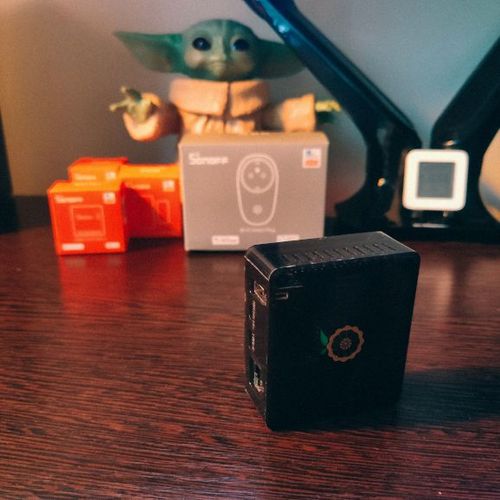Introduction into Smart Home integration

Andy Haluza
JS developer, tech geek
Prolog.
Today I’m gonna start a new branch of development regarding IoT (Internet of Things) and especially smart homes. The main reason and value of this work is to describe and make a structured place, with all necessary information for such integrations from basics and show the path from scratch with all faced challenges and resolutions, which I’ve faced during integration and investigation of how it should and would work.
Software.
My main wish was to build a flexible and secure home platform to integrate many different vendors like Aqara, Sonoff, etc into one single system. Flexibility in this case means adjusting the system for your needs without restrictions and functionality limitations, which are given by native apps of vendors. Regarding security reasons such a system means it will be used on a daily basis, so will track sometimes sensitive data like from IP cameras or for someone even location or usual breakfast time is quite sensitive.
There are slightly various systems, corresponding to such criterias. Home Assistant, OpenHAB, Domoticz are the most known and powerful solutions for this from open source. Meanwhile, each of them is a completely full system with just some differences in concepts of model architecture, core software engine, and user interface. Now we don’t deep dive into different aspects of each system, probably in one of the next posts will.
Hardware.
So after choosing the software part let’s take a brief intro regarding hardware. Every listed system solution is able to work on a common PC. But what is the point of it? It’s required to take the PC ON the whole time, so some of them can be a bit noisy or consume too much power. So what in that case? There is a good and cheap solution for this Raspberry Pi, but there also exist copies from other vendors (spoiler). It's a small dedicated computer for any not high-loaded tasks. Usually uses an adopted operating system for ‘em. Raspberry Pi make a different type of controllers from 4$ up to around 100$, some of them have very limited features and don’t allow use the full-fledged OS, cause made for processing just 1 item, but in other side with a rise cost, features are also gained, as a full-fledged OS, wifi\bluetooth controller, rj45 (LAN), USB and other. But there also exist copies from other vendors
Personal set.
In short, as a software core, the choice fell to OpenHAB. I’ve decided to use the cheapest and the most powerful solution (in money/performance/features equity). Take a greet Orange Pi Zero 2 (link to buy). This Chinese lil baby has all available features that cost only about 25$ including wifi(2.4/5G), Bluetooth, rj-25, USB, able to use Ubuntu/Linux/Android/Debian. All tech specs are available on the link above. Based on this set I will implement Smart Home including various sensors, lights, cameras, micro-climate, and some scenario integrations to avoid some routines and make staying at home more comfortable, cozy, and safe.
For now, that’s all, keep in touch with my next posts.
See an article in video https://youtu.be/wixTx33z08k

Andy Haluza
Author bio: JS developer, tech geek
Comments (1)
- ЯДЯн Дацюк
Nice!
